Search Results
Fine Jewelry University Articles matching: “Star Sapphire Pendant”
Showing only FJU Article results. Click here to show all results.
Fine Jewelry University (Show All FJU Articles)
-
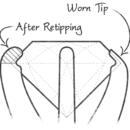
Jewelry Repair FAQ
… way it did before a gemstone fell out; who wouldn’t? That’s why we have literally 100s of carats of loose diamonds, sapphires, rubies, opals, pearls, and more in all shapes and sizes to choose from when selecting a replacement stone for …by the jeweler’s torch. However, with our laser welder we are able to retip prongs next to many gemstones (diamonds, sapphires, and rubies for example) without removing them, saving you time and money. Can my costume and fashion jewelry be …
-
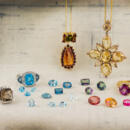
Gem in the Spotlight: Topaz
… difficult it is to scratch something. For reference, topaz is a bit softer than diamond which is a 10 and corundum (sapphire/ruby) which is a 9 on the scale. It is a bit harder than emerald at 7.5-8 and quartz which comes in at 7. Here are …unseen by enemies. In the Victorian era, blue topaz signified faithfulness and love. Gemology As we mentioned at the start of the article, topaz comes in a huge variety of colors. Some of these varieties have their own names: Imperial …
-
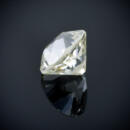
The History of Diamond Cuts
…culet (the point at the bottom of the diamond). Diamonds have gone from one facet (the table) to 18 facets. This cut started to unlock the brilliance within the diamond, and variations of it are still used today. Another early diamond cut… are four triangle facets that point towards the corners of the crown. This gives the appearance of a four-pointed star. The pavilion is cut into four main facets. Moving Towards Brilliance The evolution of the diamond cuts then takes a …
-
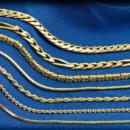
Types of Necklace Chains
… chain is one of the most fundamental pieces of jewelry that exists. It can simply be the thing you use to wear your pendants, or it can make a statement all by itself. You can wear one everyday and not think twice about it, or it can be …, cable chains can easily be worn on their own or layered with other chains. They are also a great option for pendants because they are flexible and don’t often snag the pendant bail. They are also relatively strong to support the weight of …
-
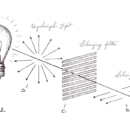
The Magic of Polarized Light
…gemstones, due to their unique chemical structure, actually polarize light themselves. These gems are doubly refractive (DR) and they will split incoming light in multiple directions. Some common examples of doubly refractive gems are sapphire, tourmaline, and moissanite. These are contrasted with singly refractive (SR) gems like diamond that only bend light in one direction. Gemologists use the term birefringence to refer to how doubly refractive a particular gem is. By …
-
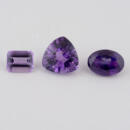
Gem in the Spotlight: Amethyst
… found in smaller deposits in other countries such as Russia, the United States, and Canada. Amethyst is known for its durability with a Mohs hardness rating of 7. For reference, amethyst is roughly as hard as tourmaline, softer than sapphire and topaz, and harder than opal and tanzanite. This makes it a durable gemstone that is resistant to scratching and chipping. It is also resistant to heat and chemicals which means that it can withstand daily wear and tear. Amethyst …
-
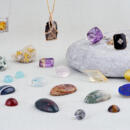
Gem in the Spotlight: Quartz
… Bloodstone Green jasper dotted with bright red spots Carnelian Reddish orange chalcedony Gemology of Quartz Quartz is known for its durability with a Mohs hardness rating of 7 (harder than opal and peridot but softer than topaz or sapphire). This makes it a fairly hard gemstone that is resistant to scratching and chipping. It is also resistant to heat and chemicals, which means that it can withstand daily wear and tear very well. All quartz has the same refractive index at…